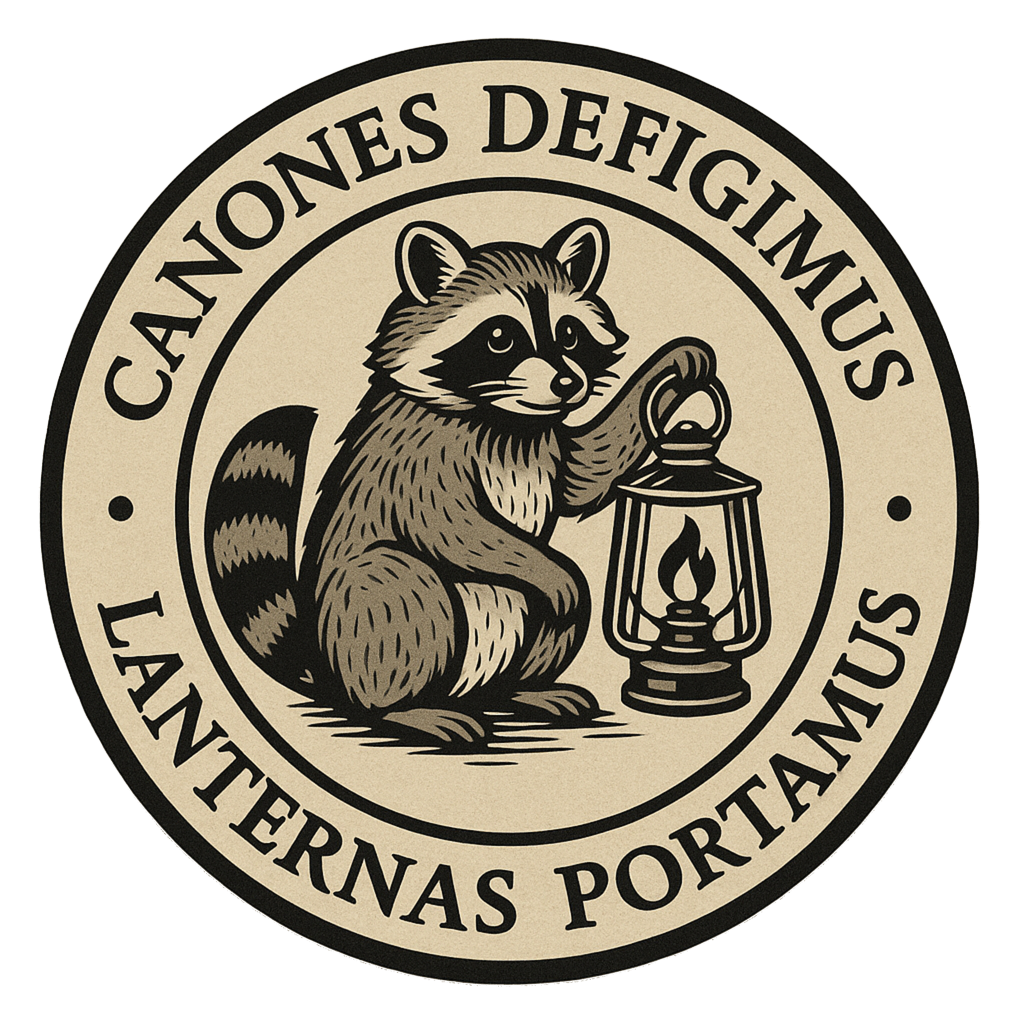LANTERN: A Way to Be There When It’s Dark
What if there were something like CPR—not for physical trauma, but for emotional unraveling?
Not a certification. Not a manual.
Just a way to be with someone when they’re struggling.
A way to notice. A way to care. A way to stay human, even when things get hard.
That’s what LANTERN is trying to be.
It’s not a replacement for therapy or crisis teams. It’s not a formal program.
It’s a question: What if we could help our friends this way?
Why LANTERN?
Because not every moment of crisis looks like a 911 call.
Because some people don’t reach out until it’s too late.
Because most of us aren’t clinicians—we’re friends, neighbors, coworkers. We just want to show up better.
LANTERN is for the quiet moments.
The long silences.
The “something’s off but I don’t know how to ask” moments.
The friend who cancels again. The sibling who drinks more than they used to. The co-worker who seems like a shadow of themselves.
It’s not about being a savior. It’s about being present.
Not solving. Just staying long enough for something else to happen.
LANTERN (A Working Framework)
A simple structure—not a checklist, just a rhythm.
- L — Look.
Notice what’s different. Withdrawn. Agitated. Distant. This isn’t diagnosis—it’s attention. - A — Ask.
Gently, clearly. “Are you okay?”
Or: “You don’t seem like yourself—do you want to talk?”
Or even: “Are you thinking about hurting yourself?”
You won’t make it worse by asking. Silence is the greater risk. - N — Normalize.
Struggling doesn’t make someone broken. Say so.
“It’s okay to feel overwhelmed.”
“You’re not alone in this.”
“I’m still here.” - T — Trust.
Believe what they tell you. Listen without trying to fix or preach. Let them lead.
Don’t say “it’s not that bad.” Let it be what it is. - E — Engage.
Ask what they want, what helps.
“Want to step outside?”
“Want company, or space?”
Be with them, not above them. - R — Refer.
If they’re open to it, help them connect to help: a therapist, a hotline, a community.
Sit with them while they make the call.
Offer, don’t force. - N — Neighbor.
This one matters most. Follow up.
Tomorrow. Next week. When it’s quiet again.
Most people don’t need one big moment. They need a few small ones that don’t disappear.
LANTERN Isn’t QPR—And That’s Okay
There are formal crisis tools like QPR (Question, Persuade, Refer). They matter.
They’re structured, clinical, and oriented around getting someone into professional care fast—especially when suicidal intent is on the table.
LANTERN is different.
It’s relational. Slower. More human-scaled.
It’s what you do when someone’s falling just a little and you’re close enough to catch them—or at least be there while they regain their footing.
Think of QPR as triage.
LANTERN is a porch light.
What a Lantern Really Does
A lantern isn’t a cure. It doesn’t blaze.
It’s just enough to say:
“You’re not alone in this dark.”
“I’m here, even if I don’t have the answers.”
That can be enough.
We’re not crisis counselors. Nor do we play one on TikTok.
We’re friends, neighbors, coworkers, siblings—trying to show up when it counts.
That’s what LANTERN is for.
Carry This Light, However You Can
This isn’t a perfect model. It’s not copyrighted. It’s not optimized. It’s not certified.
It’s just a start. Something to hold onto. Something to offer when you don’t know what else to do.
And if you change it—if you adapt it to your people, your place, your context—that’s exactly what it’s for.
Preparedness isn’t just about emergencies. It’s about presence.
Sometimes, being the person who doesn’t walk away is the only thing that matters.
Let’s carry a little light for each other.
